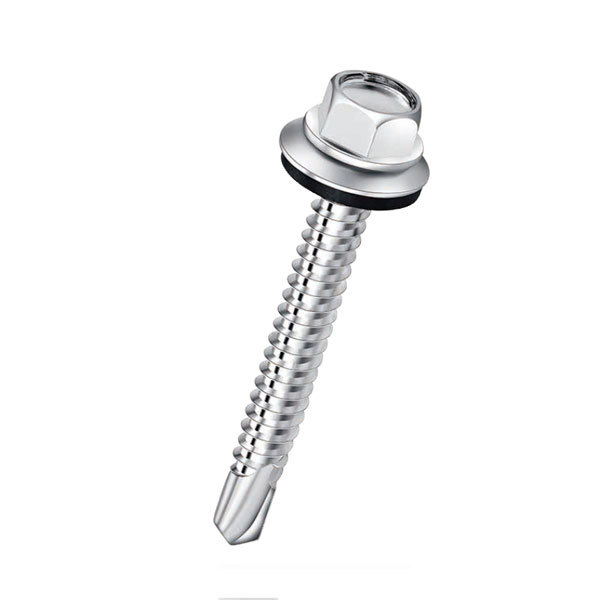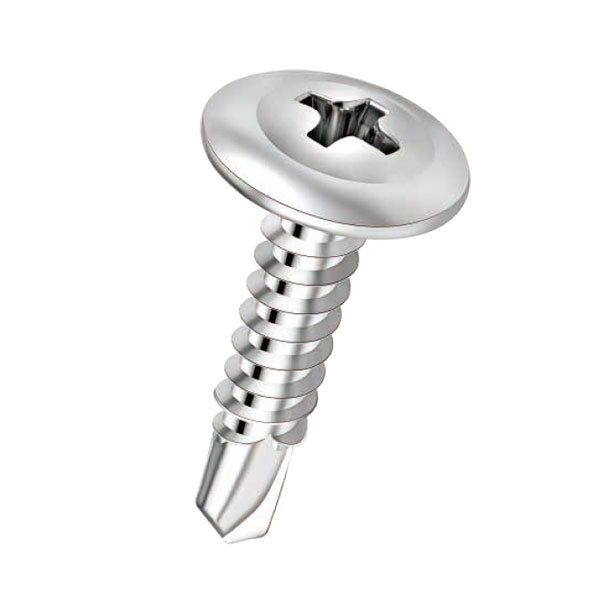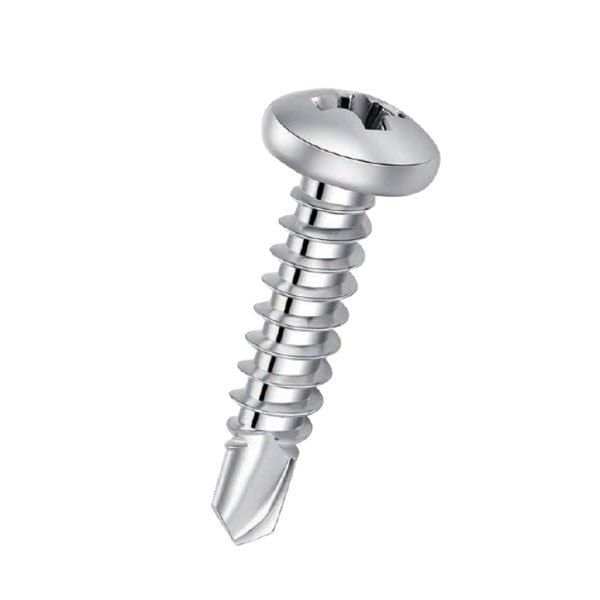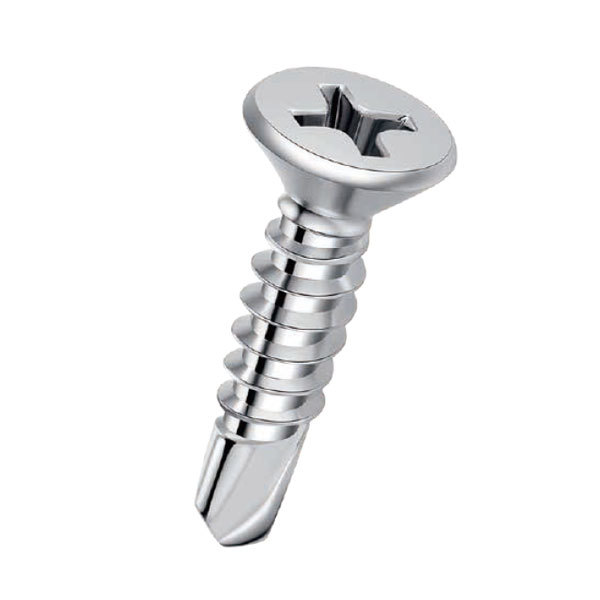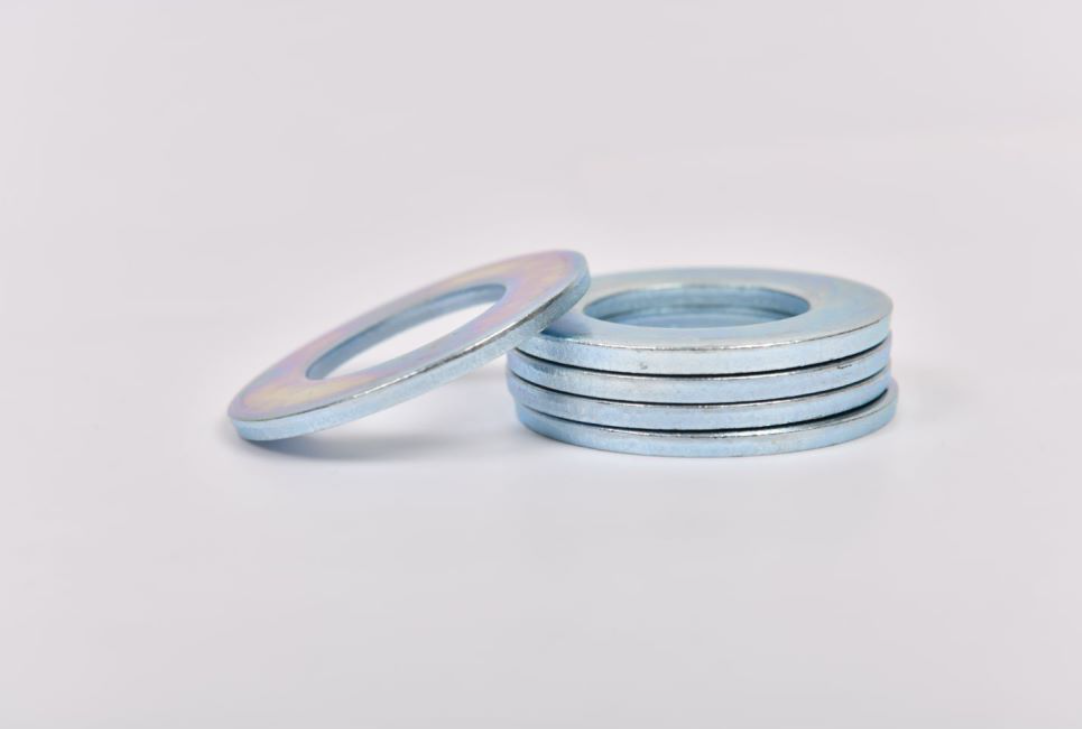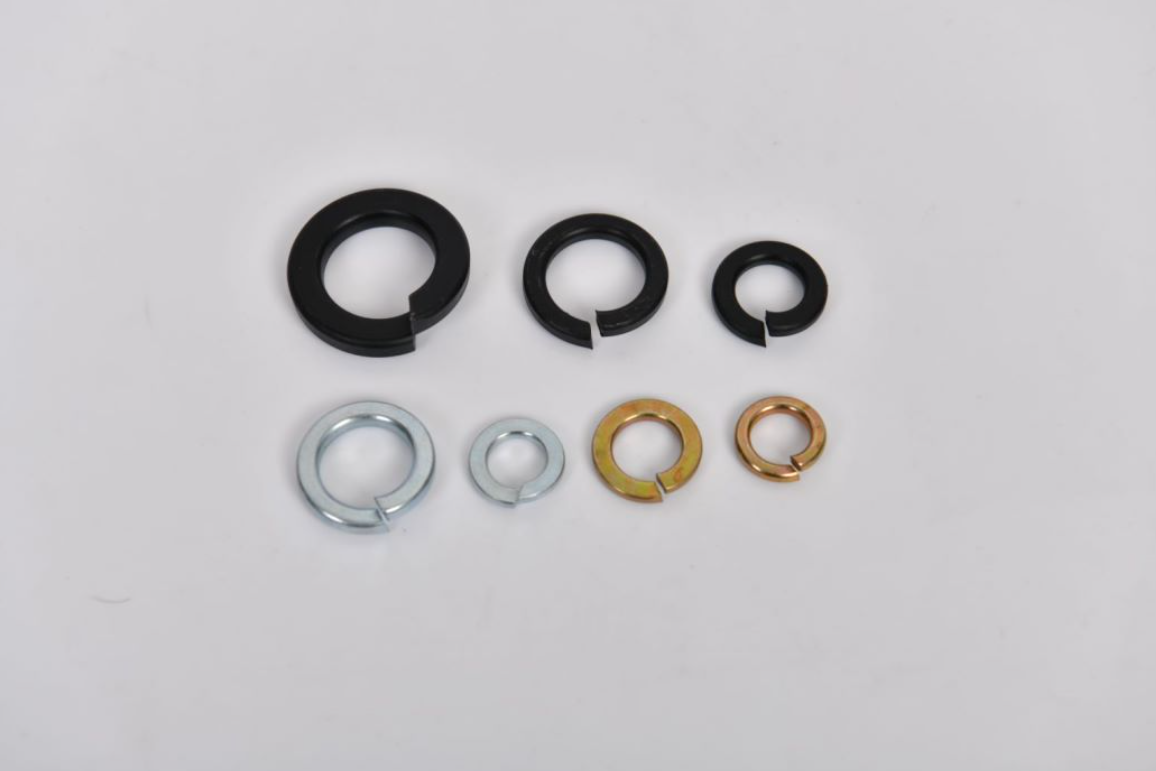Specifications and Standards for M10 Flat Washer Dimensions and Their Applications in Various Industries
Understanding M10 Flat Washer Dimensions and Their Applications
When it comes to fastening components in mechanical and construction applications, the M10 flat washer serves a crucial role. Flat washers are commonly employed to distribute the load of a threaded fastener, such as bolts and screws, and to provide a smooth surface for tightening. The dimensions of these washers ensure that they properly fit specific sizes of fasteners, ensuring structural integrity and durability in various applications.
What is an M10 Flat Washer?
An M10 flat washer is designed to work with M10 bolts, which have a nominal diameter of 10 mm. The 'M' denotes a metric thread profile, adhering to ISO standards. Flat washers themselves are typically round disks made from various materials like steel, stainless steel, plastic, or even composite materials. They come in various thicknesses, and dimensions must meet specific standards to ensure compatibility and performance.
Key Dimensions of M10 Flat Washers
The most critical dimensions for an M10 flat washer include the inner diameter (ID), outer diameter (OD), and thickness. The typical specifications are as follows
- Inner Diameter (ID) For M10 washers, the inner diameter is generally around 10.2 mm, allowing for a snug fit around the bolt. - Outer Diameter (OD) The outer diameter often ranges from 20 mm to 25 mm. This wider area helps to distribute the load effectively when the bolt is tightened. - Thickness The thickness of M10 flat washers can vary, typically falling between 1.2 mm to 3 mm, depending on the application demands.
These dimensions ensure that when an M10 bolt is tightened down, the washer effectively prevents damage to the surface underneath, prevents loosening due to vibration, and aids in load distribution.
Materials and Variation in Washers
m10 flat washer dimensions quotes

M10 flat washers can be made from different materials, with common choices including
- Steel Often Galvanized or Zinc-plated for corrosion resistance. Steel washers provide strength and durability. - Stainless Steel Preferred for environments susceptible to rust, such as marine applications. - Plastic Used where non-conductivity is required or where a lighter weight is beneficial. - Composite Materials Employed for specialized applications requiring a combination of properties.
The choice of material can significantly affect the performance of the washer in different environments, impacting factors such as corrosion resistance, thermal conductivity, and mechanical strength.
Applications of M10 Flat Washers
M10 flat washers find applications in various fields including automotive, construction, machinery, and electrical industries. In the automotive sector, they are often used in securing components to the chassis or engine, where reliability is paramount. In construction, they are used in bolted connections for structural steel and timber, helping to meet building code requirements.
In machinery, M10 washers enhance the performance of various machines by preventing damage to parts during assembly, particularly in high-vibration environments. Moreover, electrical equipment often uses M10 washers to secure grounding components, ensuring safety and performance.
Conclusion
In conclusion, understanding the dimensions and applications of the M10 flat washer is essential for anyone involved in mechanical assembly or construction. The combination of the inner and outer diameters, along with the thickness, ensures that these washers contribute to the effective performance and longevity of fastened connections. By selecting the appropriate material based on application needs, one can ensure that the M10 flat washer will perform optimally in various operational environments. Whether working on machinery, automotive projects, or construction tasks, the M10 flat washer remains a fundamental component in securing assemblies safely and effectively.
-
Top Choices for Plasterboard FixingNewsDec.26,2024
-
The Versatility of Specialty WashersNewsDec.26,2024
-
Secure Your ProjectsNewsDec.26,2024
-
Essential Screws for Chipboard Flooring ProjectsNewsDec.26,2024
-
Choosing the Right Drywall ScrewsNewsDec.26,2024
-
Black Phosphate Screws for Superior PerformanceNewsDec.26,2024
-
The Versatile Choice of Nylon Flat Washers for Your NeedsNewsDec.18,2024



